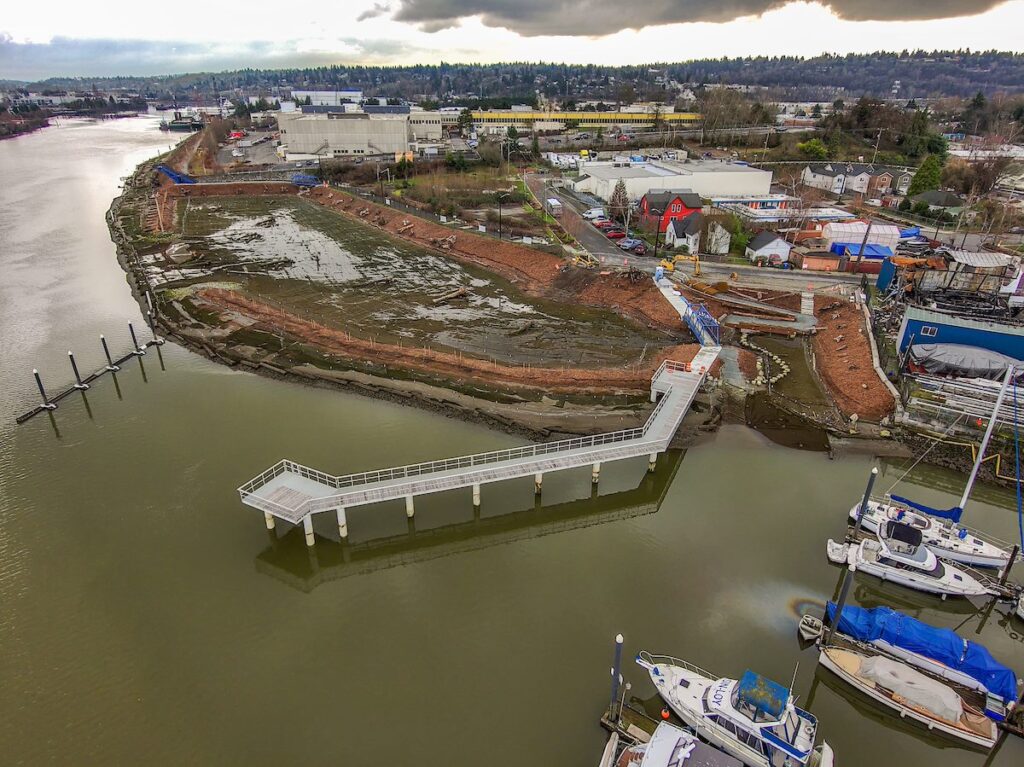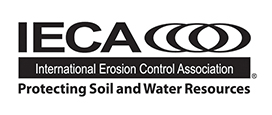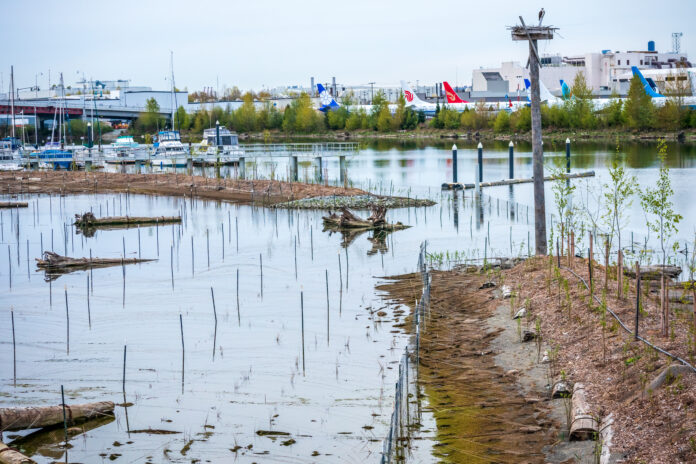The new Duwamish River People’s Park and Shoreline Habitat, a 14-acre (5.6-ha) public space and habitat site with over 3,000 linear feet (914 m) of shoreline habitat, is the largest habitat restoration project in a generation on Seattle’s only river. The Port of Seattle, which owns and operates maritime facilities and the Seattle-Tacoma International Airport, is committed to becoming the greenest port in North America. Central to that goal is the restoration of 40 acres (16.2 ha) of habitat in Green-Duwamish watershed and Elliott Bay. The Duwamish River People’s Park achieves 35% of this goal and serves as a key habitat site in a highly urbanized watershed.
While this project began with dual goals to clean up a contaminated terminal and restore habitat, the community called for the Port to do more, specifically to create green space and provide a connection to the Duwamish River. Indigenous people lived in this region and used the river since time immemorial. Over the last century, industrialization dramatically reshaped the river and made it central to local manufacturing, transportation, logistics and other industries. It took over two decades of planning, permitting and cleanup work, over $25 million and more than 10 partners before it became both a public-use park and the largest fish and wildlife habitat restoration project constructed in the Duwamish River in a generation.
The Port of Seattle first acquired the Terminal 117 Property in 1999, after decades of industrial use. From 1937 to the early 1990s the site was operated by Duwamish Manufacturing Company and Malarkey Asphalt Company, whose operations left contaminated soil and sediment. In 2003, the Environmental Protection Agency designated the site an “Early Action Area” within the Lower Duwamish Waterway Superfund site due to its potential risk to people or wildlife nearby after polychlorinated biphenyls (PCBs) were found on the site. By 2022, approximately 55,000 tons of industrial and fill soils and sediments were removed
from site.

While an important area for industrial activities, this same stretch of river is an active fishing zone for Indigenous peoples. Every year during the salmon migration season, Muckleshoot and Suquamish Tribal fishers harvest returning Chinook, coho, pink, chum and steelhead salmon as they practice their treaty fishing rights along the river. This location, at approximately river mile 4.1 in the present waterway, is in the center of a former oxbow of the approximately 17-mile-long (27.4-ha-long) Duwamish River — a critically important location in an estuary that has lost more than 99% of all native aquatic and shoreline habitat and natural resources values. The restored habitat represents a 40% increase in critically important salmon habitat along the Lower Duwamish River.
The Duwamish River People’s Park represents more than 20 years collaborative work among South Park, Georgetown, and Duwamish Valley residents, the Port of Seattle, City of Seattle, King County, the Muckleshoot Indian Tribe and the Suquamish Tribe, and state and federal agencies.
To create the habitat, the site elevation was excavated approximately 14 vertical feet (4.3 m) — working down from contemporary street level to the historic estuary level of Duwamish River and re-exposing vital estuarine aquatic area (Figure 1). The goal of the habitat project was to create high-value fish and wildlife habitat, including improved shoreline and creation of off-channel marsh, that is important for salmon and other fish species. The project is anticipated to provide significant estuarine and aquatic services that are currently scarce in the Lower Duwamish Waterway. Almost 20,000 native marsh plants (six species) and almost 20,000 native riparian trees and shrubs (21 species) were installed (check out the newly planted marsh basin filling as the tide rises at www.youtube.com/watch?v=XF67L8e_18c).
The Duwamish River People’s Park and Shoreline habitat (DRPP), combining public access and restoration of important habitat, integrated citizen and agency input, demonstrates the project partners’ long-term commitment to natural resource and public use improvements. Based on community feedback in 2013–2014, the habitat site added public amenities desired by the local Duwamish Valley community to the site design. The site now includes a viewpoint pier, accessible pathways/trails, seating, environmental interpretation signage, public art and a hand-carry boat launch (Figure 2).

The DRPP integrates re-purposed and recycled materials into public access and habitat elements of the site, including salvaged watershed large wood, passenger gangways for viewpoints, re-purposed local bridge metal decking and recycled former marine cargo dock concrete piling for stairs. The resulting project is one of the largest habitat restoration projects along the Duwamish River and is the product of years of creative planning and careful design elements.
An important element of the project is 14 acres (5.6 ha) of newly restored estuarine habitat along nearly half a mile of shoreline (0.8 km). The site will enhance critical habitat for fish and wildlife species (Figure 3) and benefit the surrounding Duwamish Valley communities by creating river access, greenspace and recreational opportunities.
The Port of Seattle’s long journey to clean up an old industrial site led to the largest habitat transformation on the Duwamish River in a generation. The project establishes the Port’s first “habitat credit bank” that enables third parties to invest in habitat projects as mitigation credits to comply with the Clean Water Act and the Endangered Species Act and Natural Resource Damages credits that are associated with the Lower Duwamish Superfund site. Revenue generated by the Port will fund additional habitat restoration projects in the Green-Duwamish Watershed and Elliott Bay. In addition, the site will serve as a learning lab for young environmentalists seeking skills training and hands-on experience with careers in habitat restoration and marine wildlife conservation.
While the DRPP is the Port’s largest habitat restoration project to date, it is one in a diverse portfolio to develop sustainable shorelines in and around Seattle. The Port of Seattle is committed to steward the region’s public resources and manages shoreline and habitat areas in a way that benefits the environment, community, and economy.
About the Experts
Kathleen Hurley is a senior environmental program manager in the Maritime Environment and Sustainability department at the Port of Seattle. She manages fish and wildlife habitat sites and other environmental assets and works with a dedicated team supporting the blue economy through development of the Port’s first Ocean Acidification Action Plan, the Urban Kelp Project and the Smith Cove kelp, eelgrass and oyster enhancement project.
Mallory Hauser is the sustainability communications manager for the Port of Seattle’s Maritime department and Seattle-Tacoma International Airport. She develops campaigns and content to share environmental conditions, metrics and successes to local, national and global audiences in areas of climate action, alternative energy, air quality, habitat restoration, sediment remediation, water quality, stormwater management and waste management.







